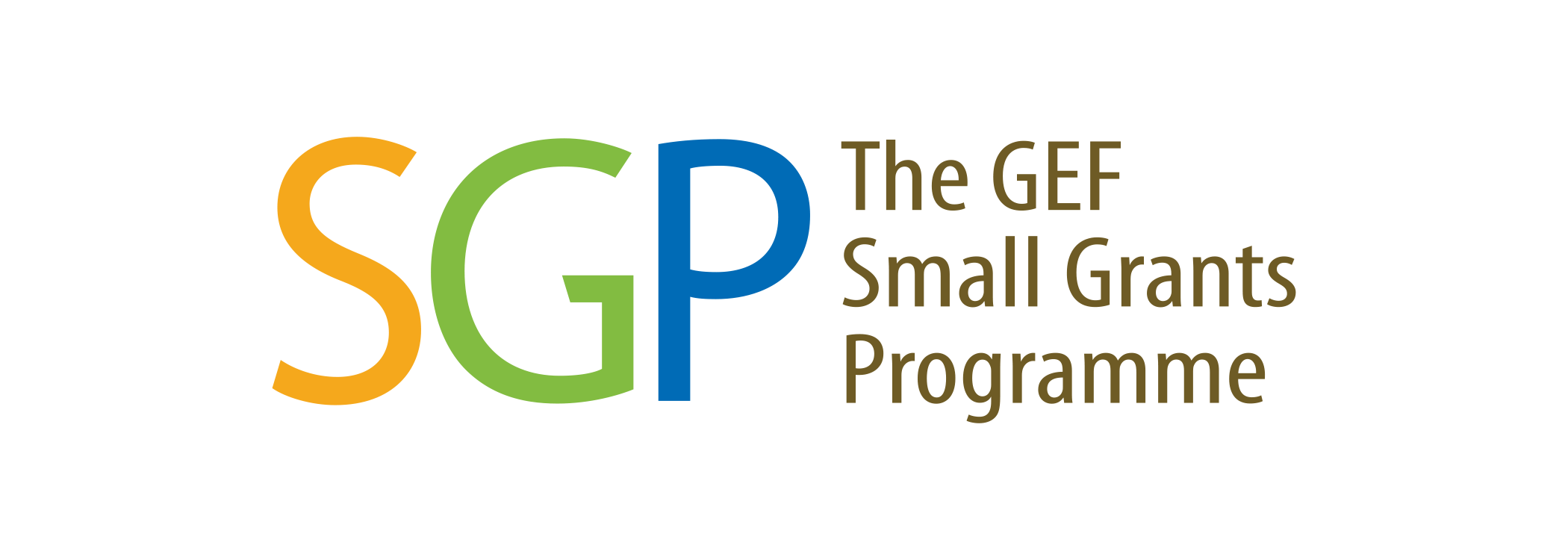The Sacred Forest
In Ghana, a Community’s Journey Towards Conservation and Sustainable Livelihoods
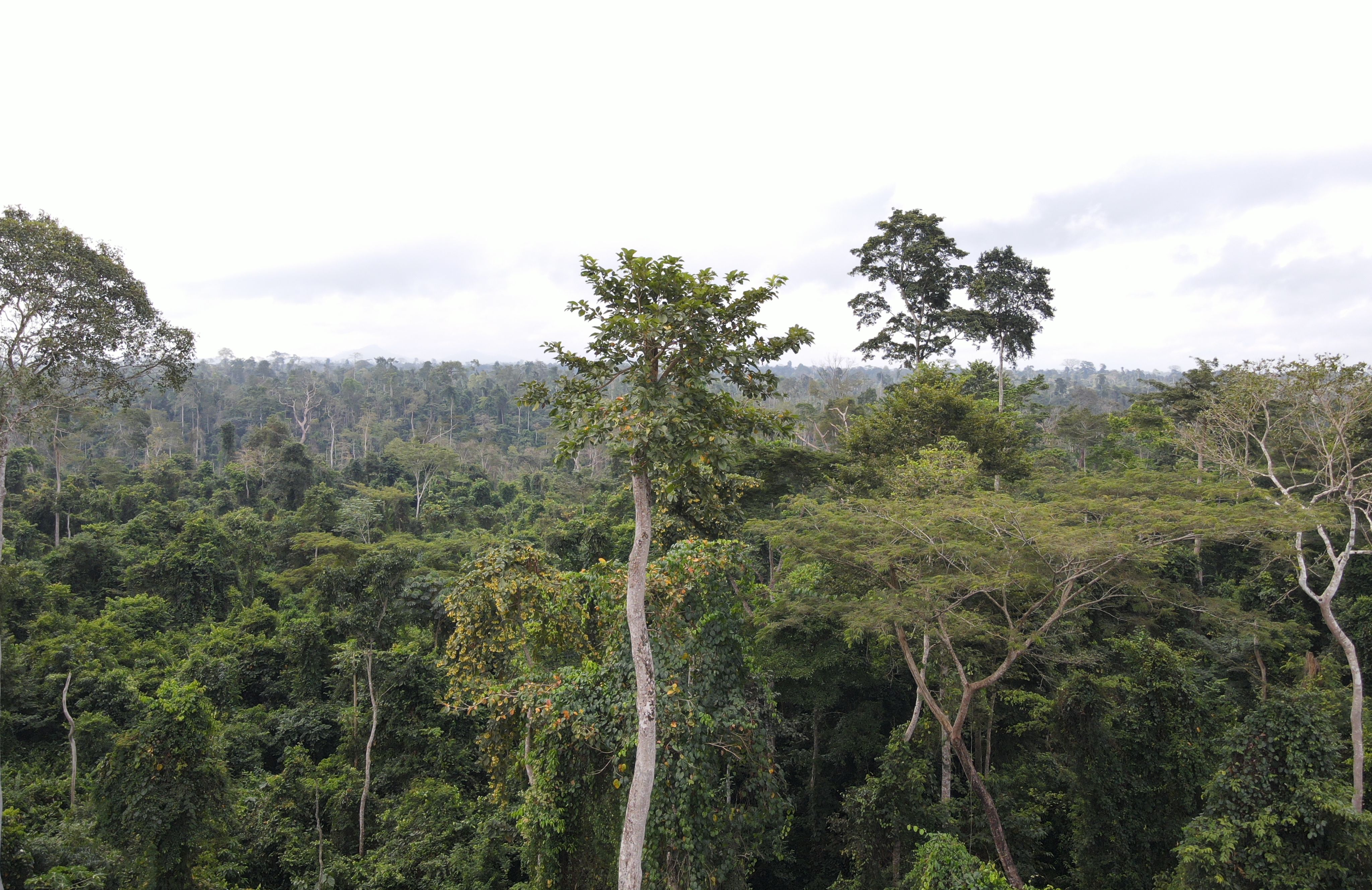
In Ghana’s Upper West Region, the Zukpuri Community Resource Management Area stands as a beacon of hope for environmental conservation, sustainable development, and community empowerment.
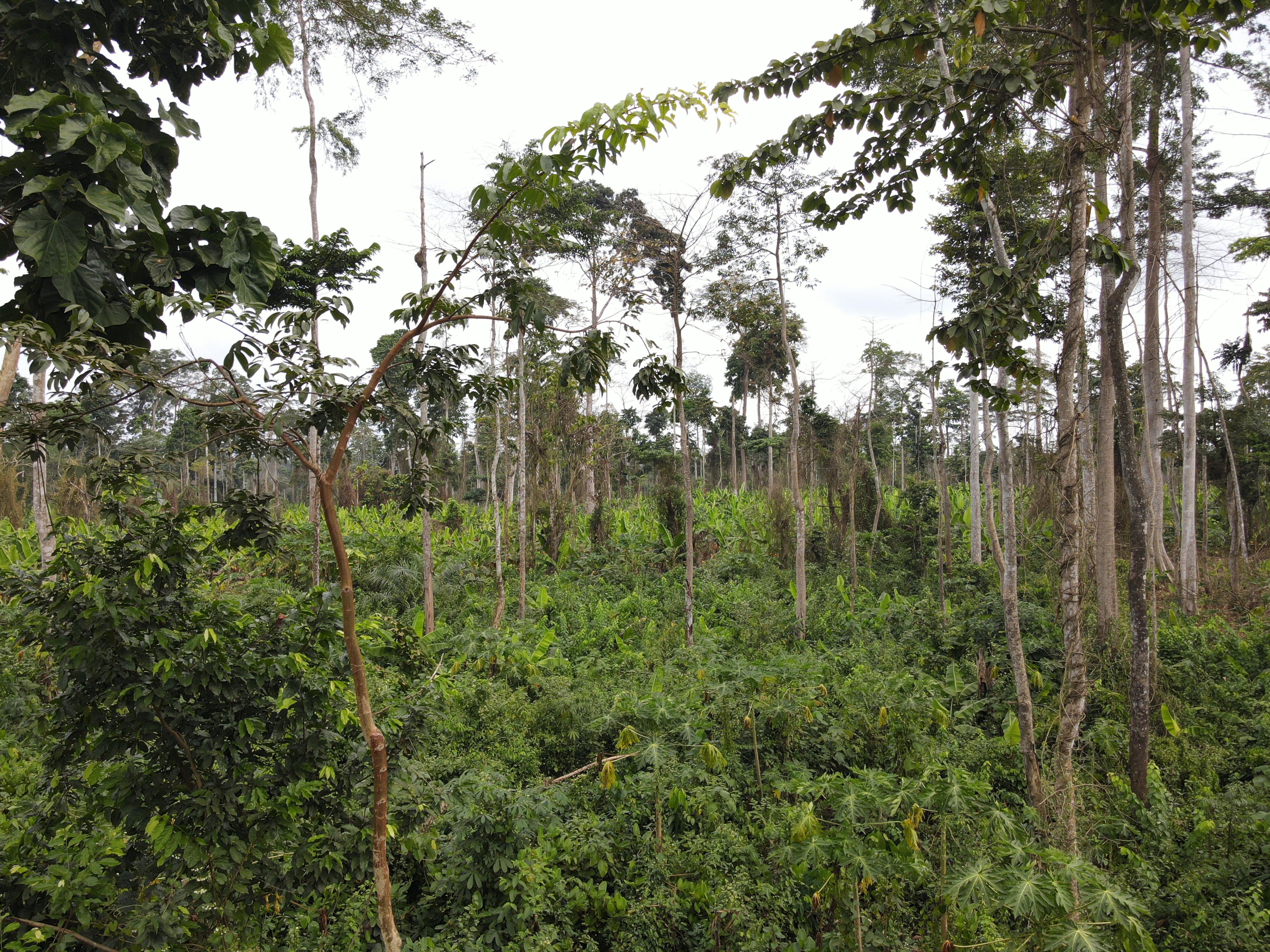
Photo: Praise Nutakor/UNDP Ghana
Photo: Praise Nutakor/UNDP Ghana
This sprawling 4,000-hectare protected area is part of the Black Volta River Basin, a lush landscape of forests, savannahs, and groves rich in biodiversity and cultural heritage that tells a story of community resilience towards a sustainable future.
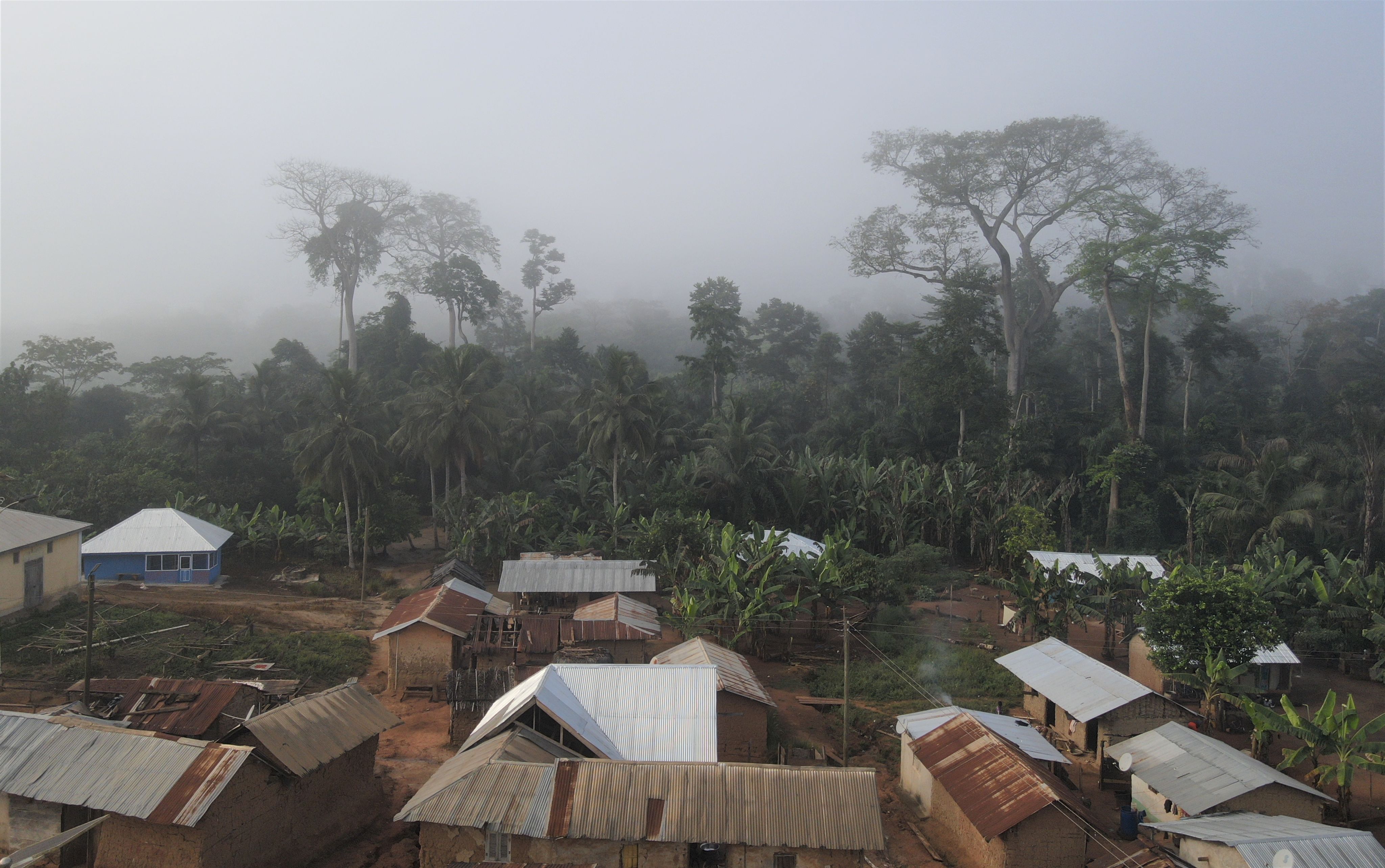
Photo: Praise Nutakor/UNDP Ghana
Photo: Praise Nutakor/UNDP Ghana
Forests Matter
Forests like the one in Zukpuri still cover almost a third of our planet’s land area.
Healthy forests also play a crucial role in mitigating climate change by absorbing billions of metric tonnes of CO2 every year.
Deforestation and degradation are still the biggest threats they face: over 420 million hectares of forest have vanished since 1990, with 70 million hectares affected by fires every year, and another 10 million hectares per annum disappearing completely.
Reducing deforestation, managing forests sustainably, and restoring degraded forests has never been more urgent.
These efforts are essential not only for meeting the Sustainable Development Goals (SDGs) of the 2030 Agenda, but also for curbing the emergence of new diseases linked to land use changes, preserving half of the global carbon stock that is stored in soils and vegetation, and ensuring the continued flow of 75% of the world’s accessible freshwater that comes from forested watersheds and wetlands.
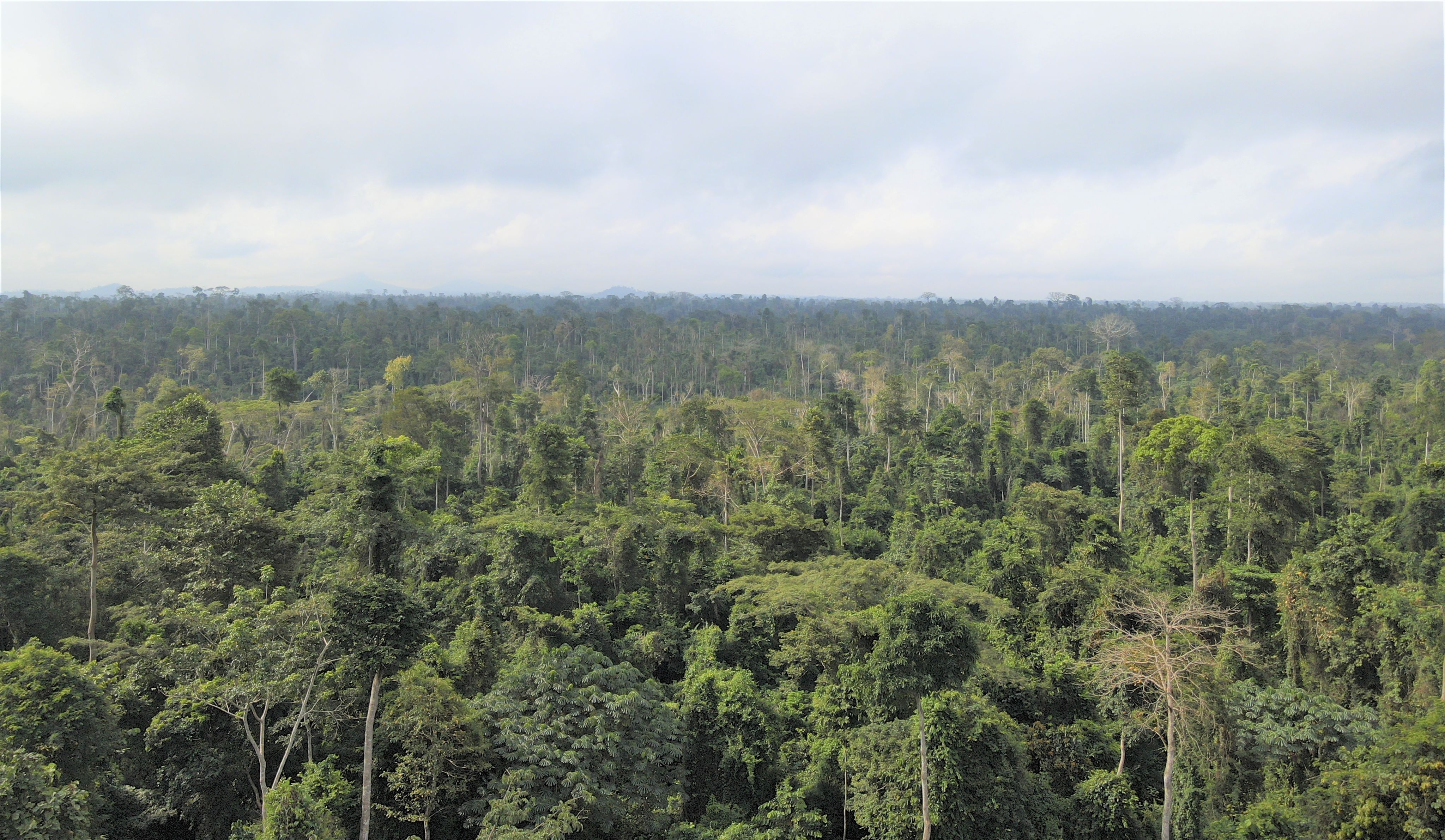
Healing biodiversity
The forests of Ghana’s Upper West Region provide many products that help sustain the livelihoods of rural communities like Zukpuri, including shea nuts, honey, and edible fruits.
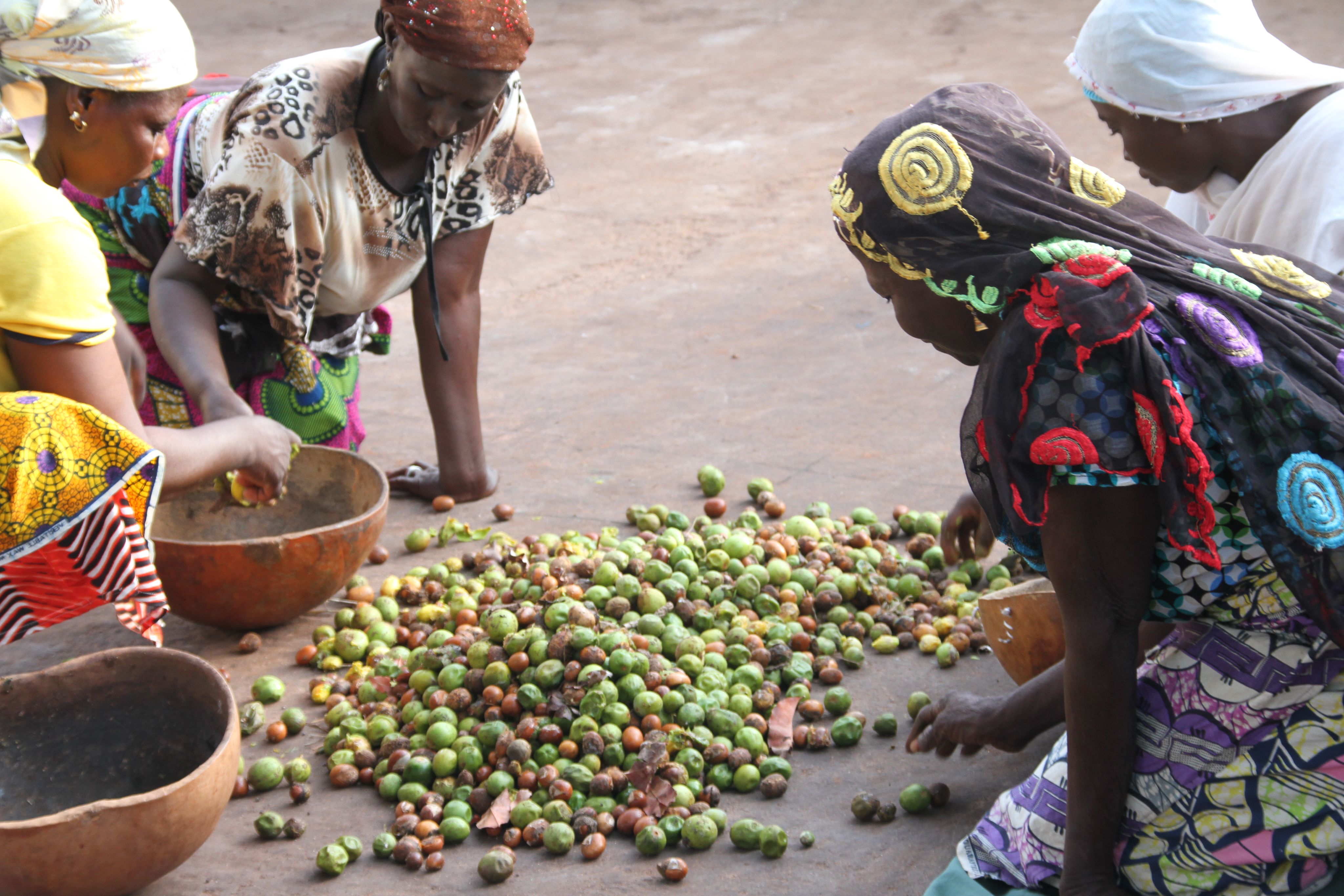
Photo: Global Shea Alliances
Photo: Global Shea Alliances
They are particularly important as a source of medicinal herbs and plants, which traditional health practitioners use to treat almost half of the region’s population, as formal primary health care facilities is not yet universally available.
With forest degradation, overharvesting and mismanagement threatening these precious resources, extinction became a real threat to some species that are key to traditional medicine in the region.
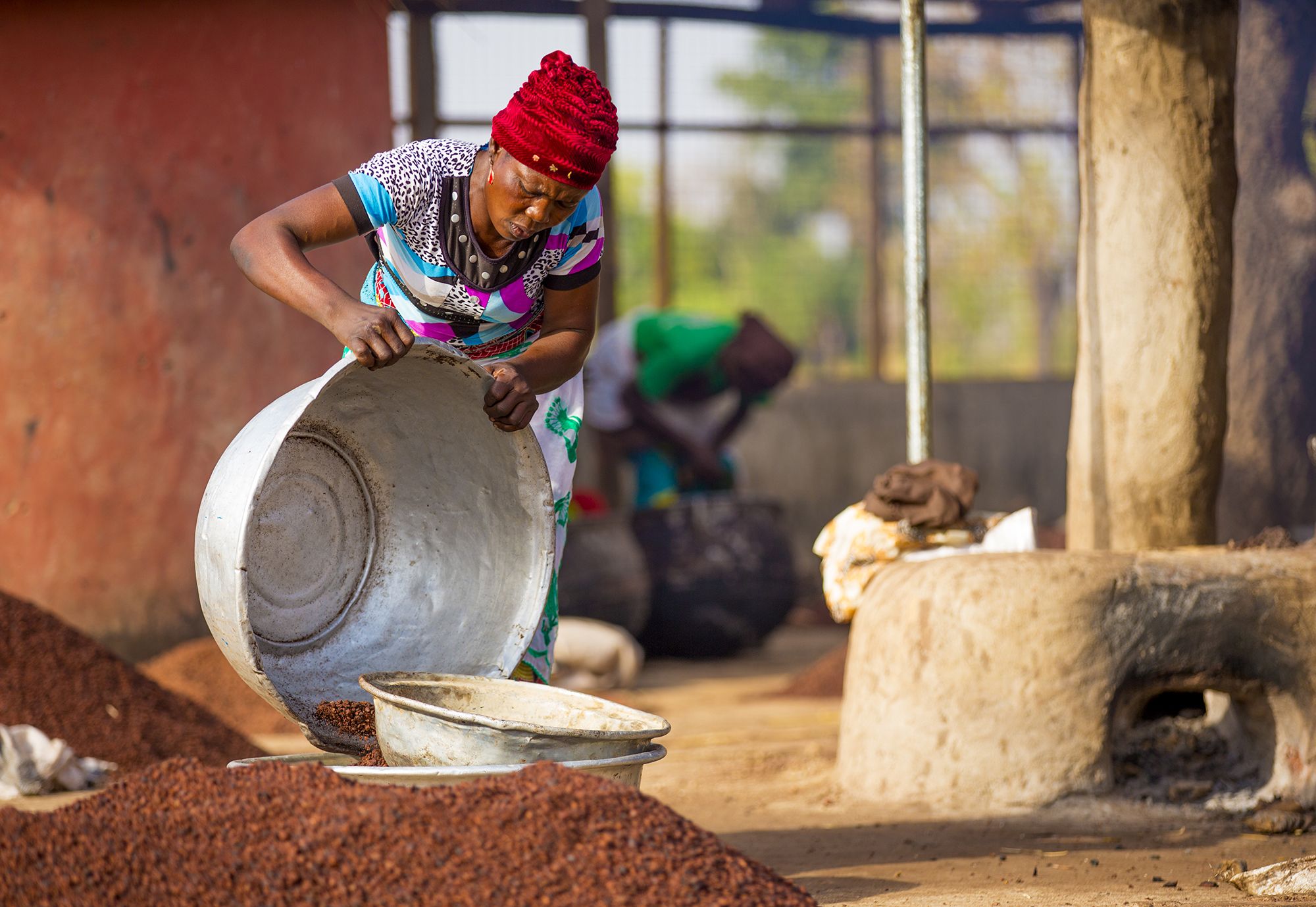
Photo: Global Shea Alliances
Photo: Global Shea Alliances
In response, the Upper West Traditional Healer’s Association partnered with rural communities and traditional authorities in the region to create the Zukpuri Community Resource Management Area in 2021.
With support from the Global Environment Facility (GEF) Small Grants Programme (SGP), implemented by the United Nations Development Programme (UNDP), the project aimed to conserve biodiversity, improve local livelihoods through sustainable practices, and preserve the cultural and medicinal heritage of the region.

Agroforestry in action. Photo: Praise Nutakor/UNDP Ghana
Agroforestry in action. Photo: Praise Nutakor/UNDP Ghana
The CREMA of the crop
This initiative aimed to establish the Community Resource Management Area (CREMA) as a model for community-based natural resource management in Ghana’s Upper West Region.
The country first adopted the CREMA model in the 1990s to help conserve and increase its forest area. The CREMA model is a community-based natural resource management approach that vividly highlights the key role of local communities in natural resource management.
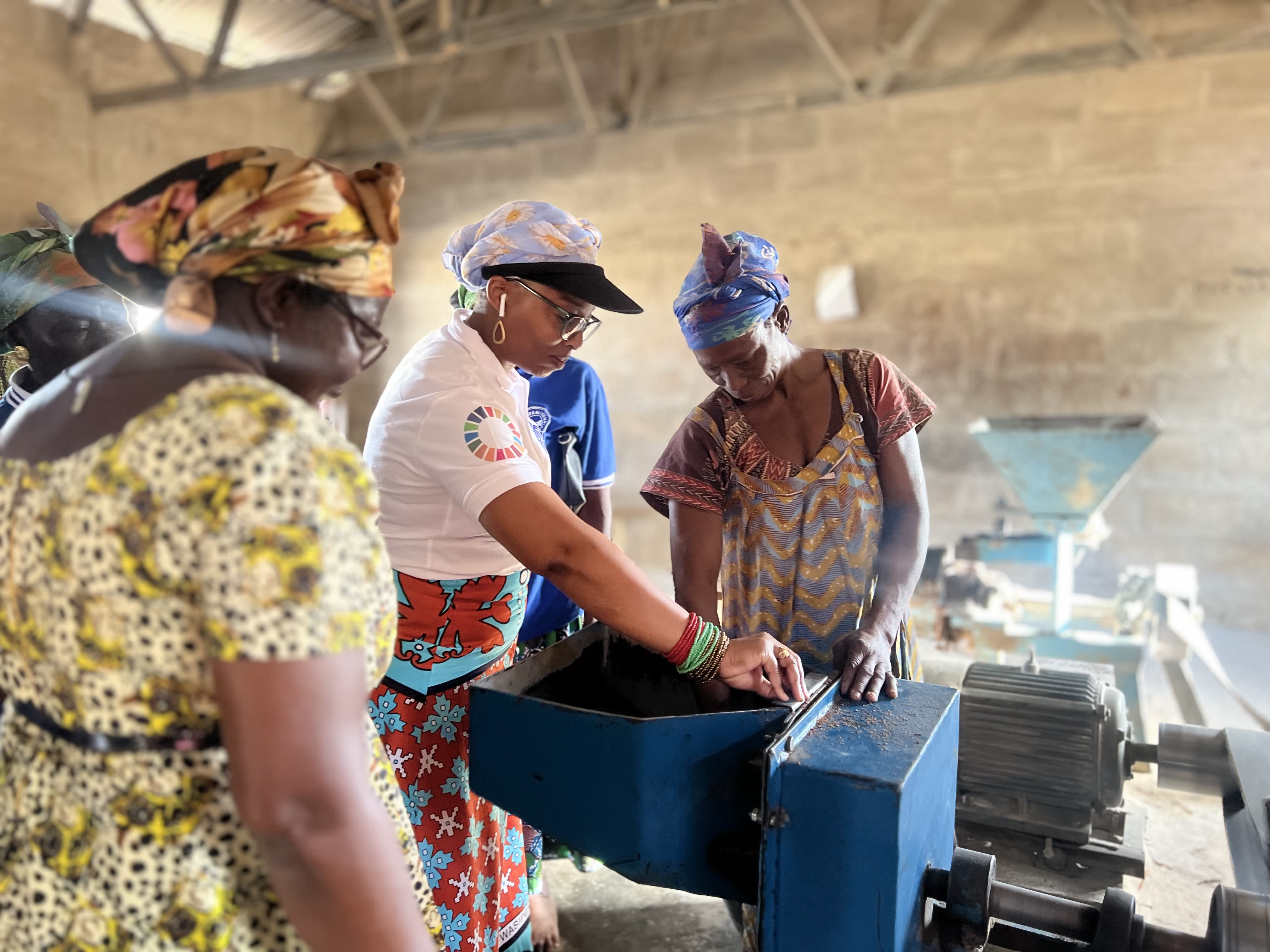
It contributes to integrating and empowering local communities to themselves manage the natural resources in their local areas, which is vital in ensuring the effectiveness of natural resource management efforts.


“This is the single largest community forest in the Upper West region serving as a habitat for large mammals, including hippos. We have kept the landscape away from illegal mining, wildfires, illegal hunting and harvesting of trees for charcoal, and this forms part of our conservation efforts.”
Mushroom anthills and ecotourism
The 4,000-hectare CREMA created by the project covers six traditional use areas, and acts as a critical buffer of riverine forest that protects the Black Volta riverbank from erosion along the border with Burkina Faso.
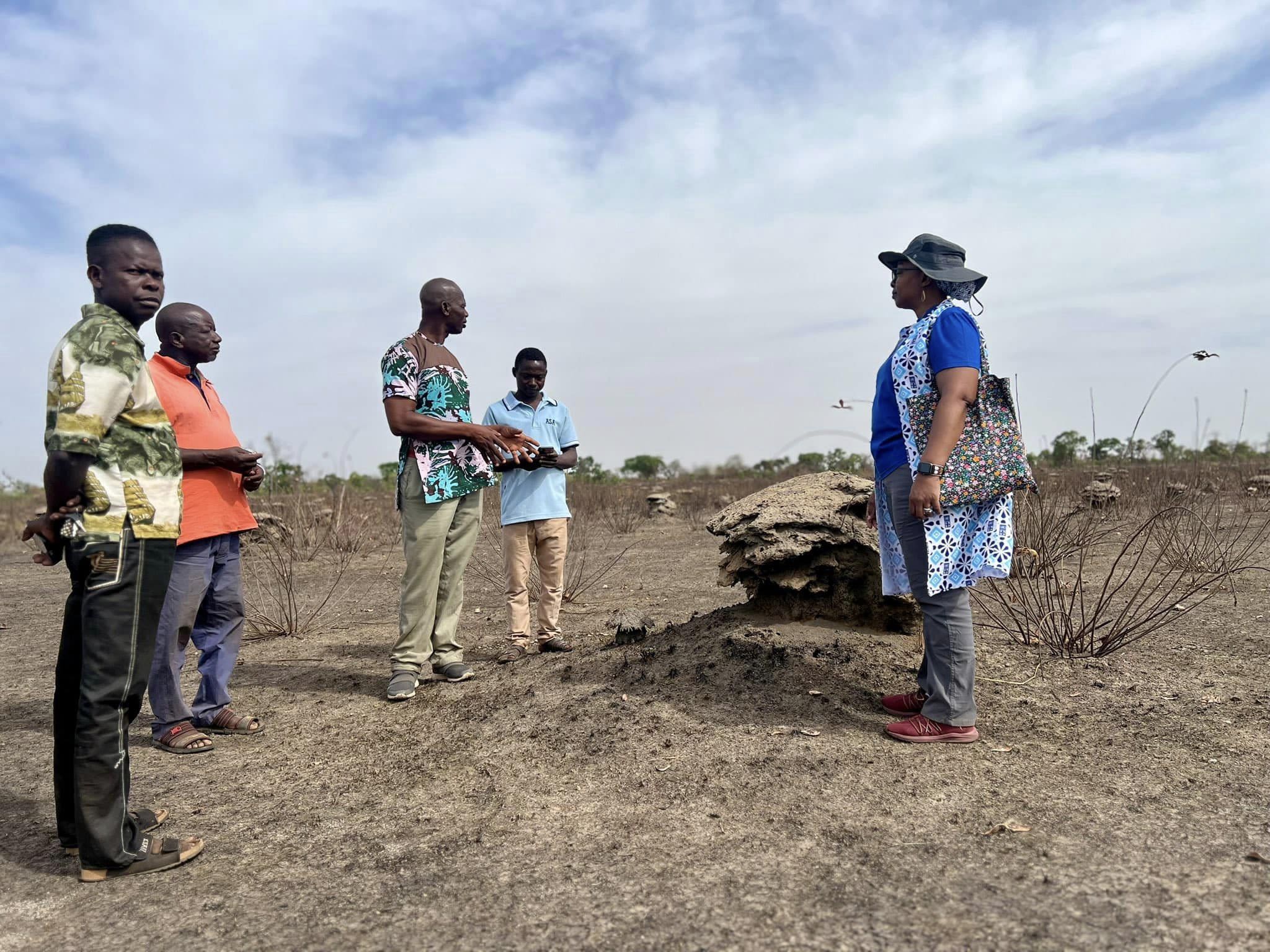
Visiting the Falantan Mushroom Anthills. Photo: Praise Nutakor/UNDP Ghana
A particularly notable feature of the Zukpuri CREMA is the Falantan Mushroom Anthills grove, a unique area of open savannah forest with several anthills in the shape of mushrooms that are considered sacred by local communities.
Built several centuries ago by worker ants with soil excavated while digging subterranean tunnels, these anthills were used by local communities as a refuge during the slave-raiding era.
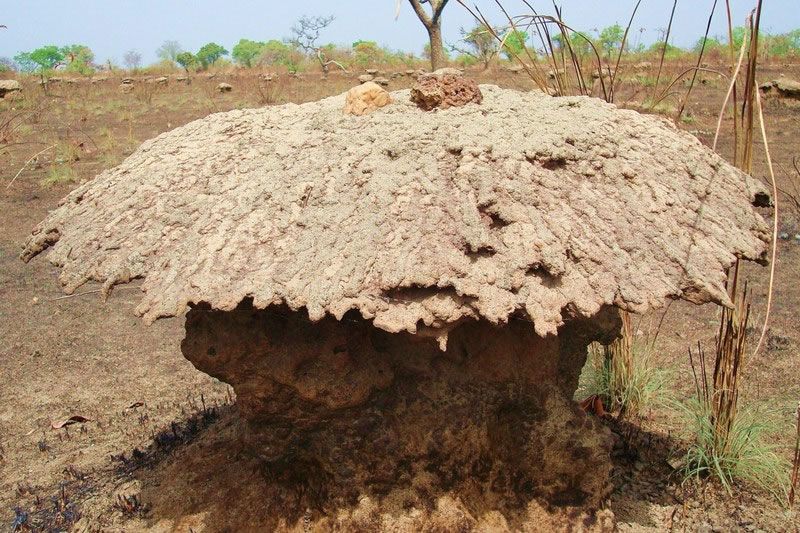
A mushroom anthill, which local communities in Zukpuri used as a refuge in the past. Photo: Praise Nutakor/UNDP Ghana
“Those days, these mushroom anthills served as a defence ground. Anyone from the community who ran away from danger and got here was protected.”
Today, the Falantan Mushroom Anthills stand out for their ecotourism potential: together with the grove’s rich history and cultural heritage, wildlife such as hippos, crocodiles, and monkeys who inhabit - and are protected by - the CREMA, can attract both local and international tourists.

Visiting the Falantan Mushroom Anthills. Photo: Praise Nutakor/UNDP Ghana
Visiting the Falantan Mushroom Anthills. Photo: Praise Nutakor/UNDP Ghana

A mushroom anthill, which local communities in Zukpuri used as a refuge in the past. Photo: Praise Nutakor/UNDP Ghana
A mushroom anthill, which local communities in Zukpuri used as a refuge in the past. Photo: Praise Nutakor/UNDP Ghana

“We learned that we could turn the wildlife sanctuary into a tourist centre if we get the right investors, and our hope is that this will happen one day.”
With about 1.2 billion tourists crossing borders each year, tourism has the potential to accelerate progress towards the SDGs.
“Tourism accounts for 10% of global gross domestic product. It is a significant employer and plays a key role in achieving the SDGs. These unique mushroom anthills situated in a pristine natural forest and wildlife sanctuary are protected by community conservation and ready for ecotourism. This is a great opportunity for the private sector to invest in sustainable and inclusive local development.”
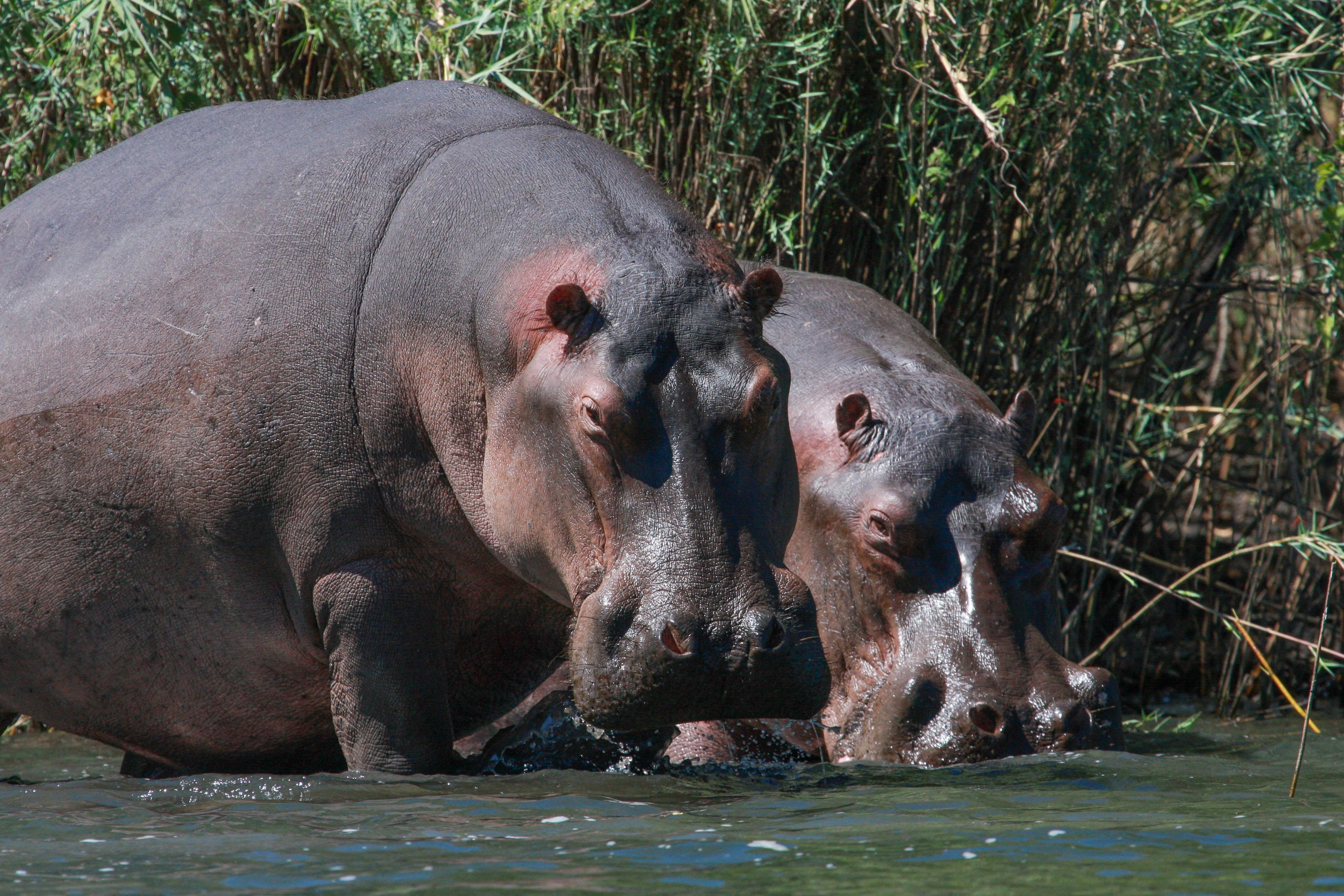
Hippos. Photo: Gregoire Dubois
Hippos. Photo: Gregoire Dubois
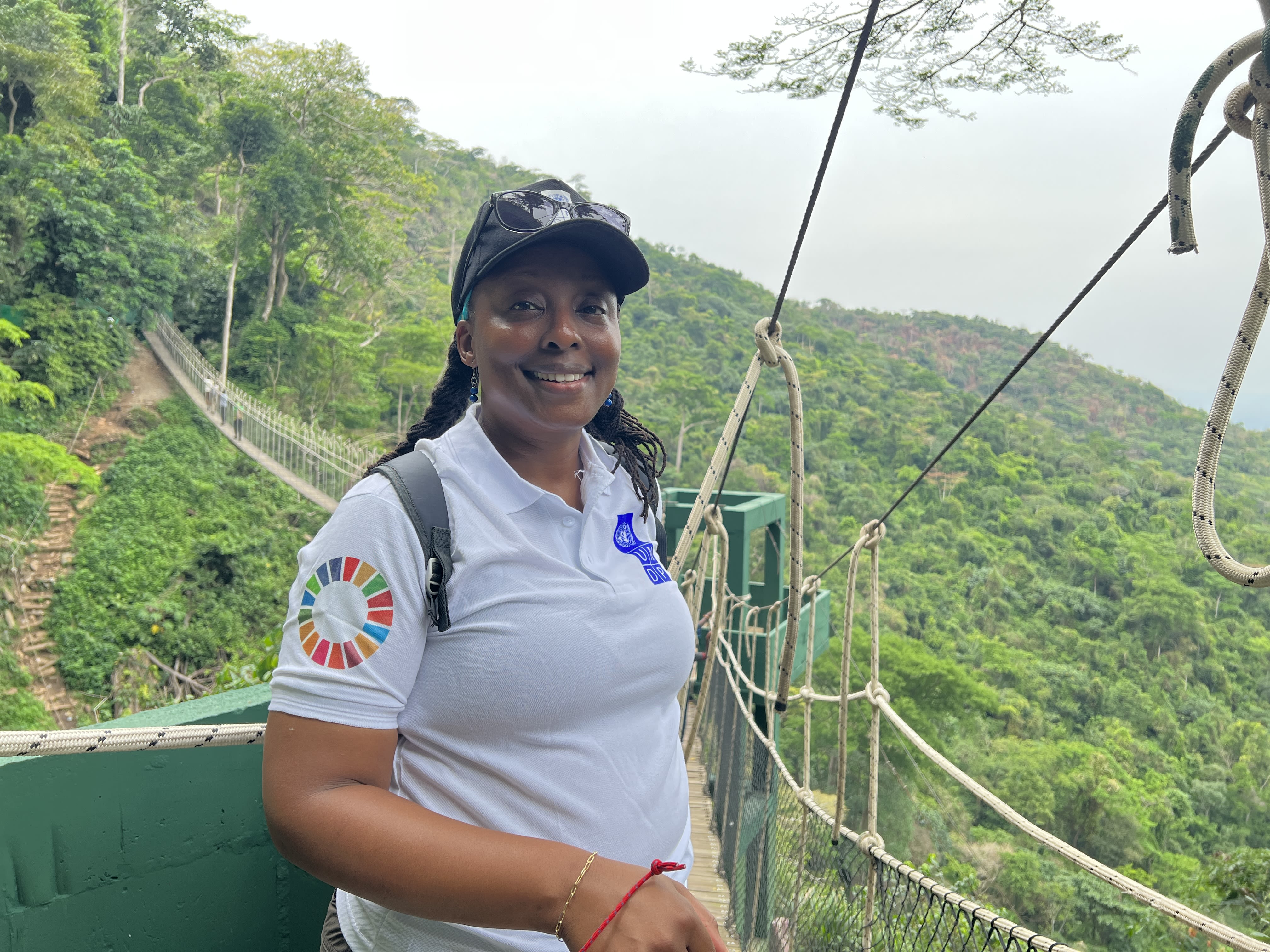
Community-led conservation for socio-economic development
Besides establishing the CREMA and promoting ecotourism around the Falantan Mushroom Anthills, the project provided training for 200 traditional health practitioners, healers, and birth attendants on herbal medicine best practices and the production value chain to improve the traditional health care system.
It also conducted educational campaigns and created a herbal nursery and gardens to promote the conservation of endangered medicinal herbs.
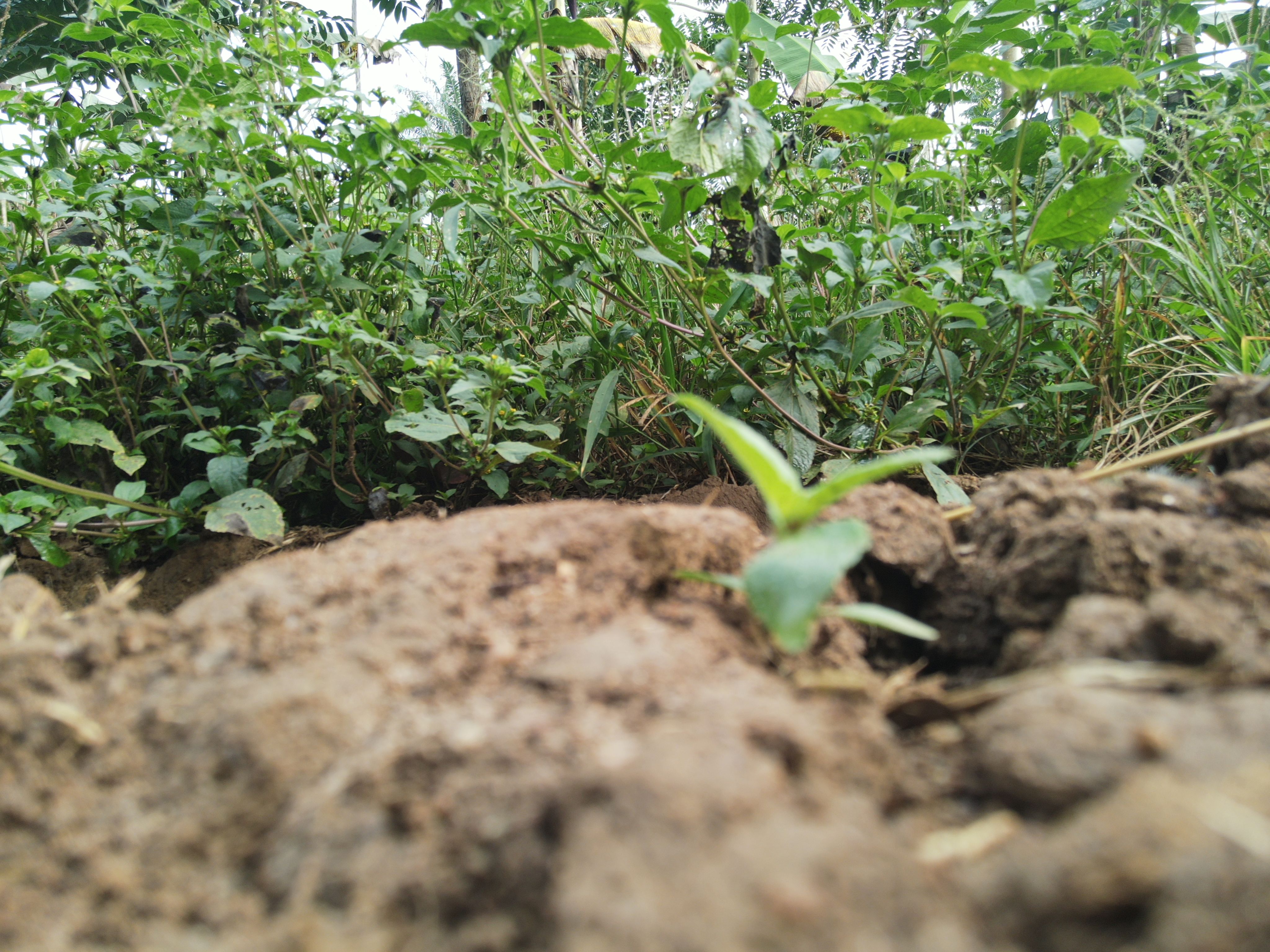
New seedlings. Photo: Praise Nutakor/UNDP Ghana
The Zukpuri CREMA stands as an example of what can be achieved when communities take the lead in conservation and development initiatives, underscoring the importance of local action in global sustainability efforts for people and planet.
The project has not only preserved the environment, but also laid the groundwork for sustainable economic opportunities, as the SGP National Coordinator in Ghana, George Ortsin, notes:
“This community-led conservation effort has protected the special mushroom anthills, and investment in this rich biodiversity resource will contribute to the socio-economic development of local communities.”

New seedlings. Photo: Praise Nutakor/UNDP Ghana
New seedlings. Photo: Praise Nutakor/UNDP Ghana
SGP also supports several other projects in the region to improve the lives of local communities, including training women as solar engineers and providing alternative livelihood options, such as dry season vegetable farming and shea butter processing.
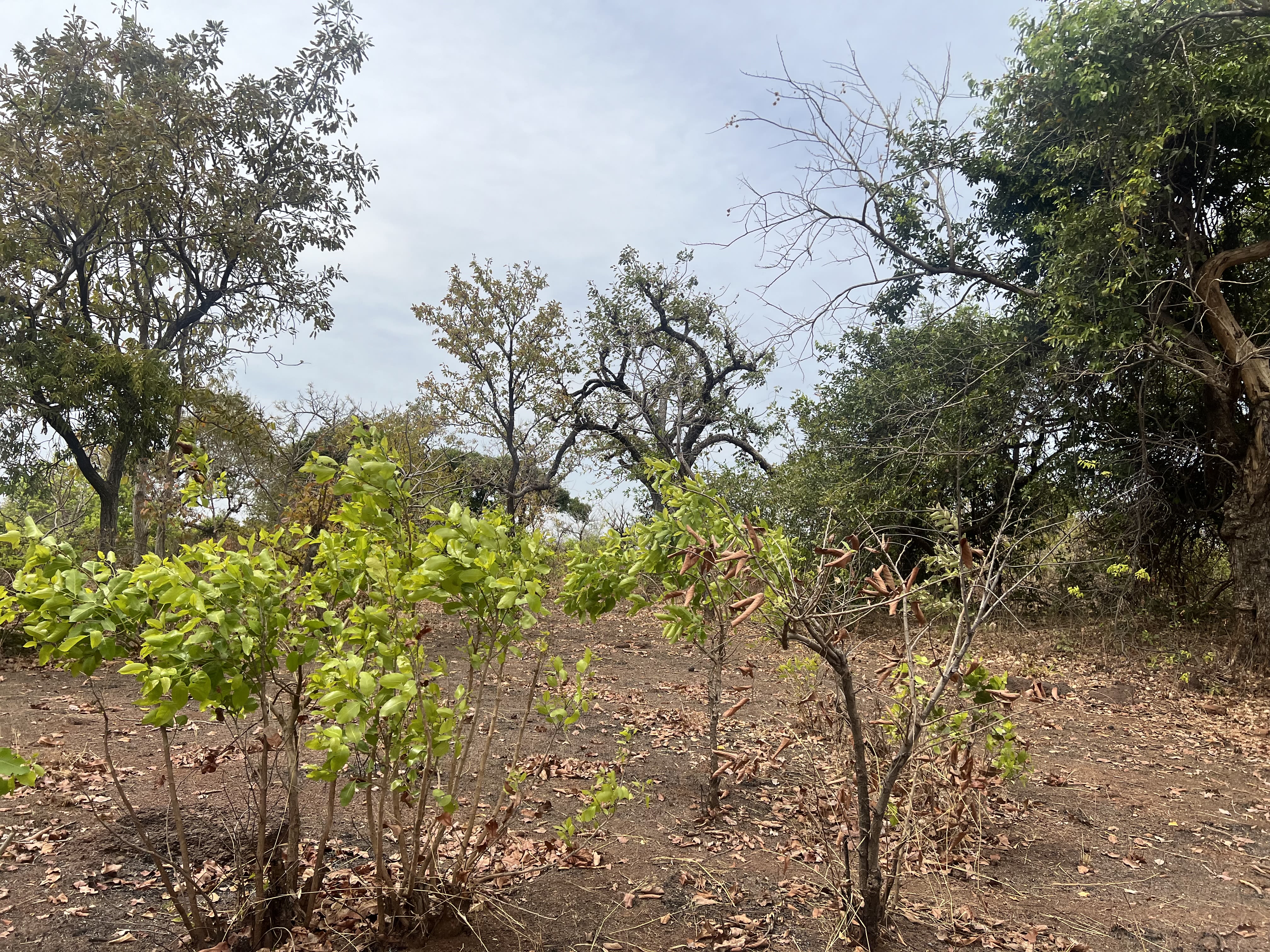
A forested area in the Zukpuri CREMA. Photo: Praise Nutakor/SGP Ghana
A forested area in the Zukpuri CREMA. Photo: Praise Nutakor/SGP Ghana
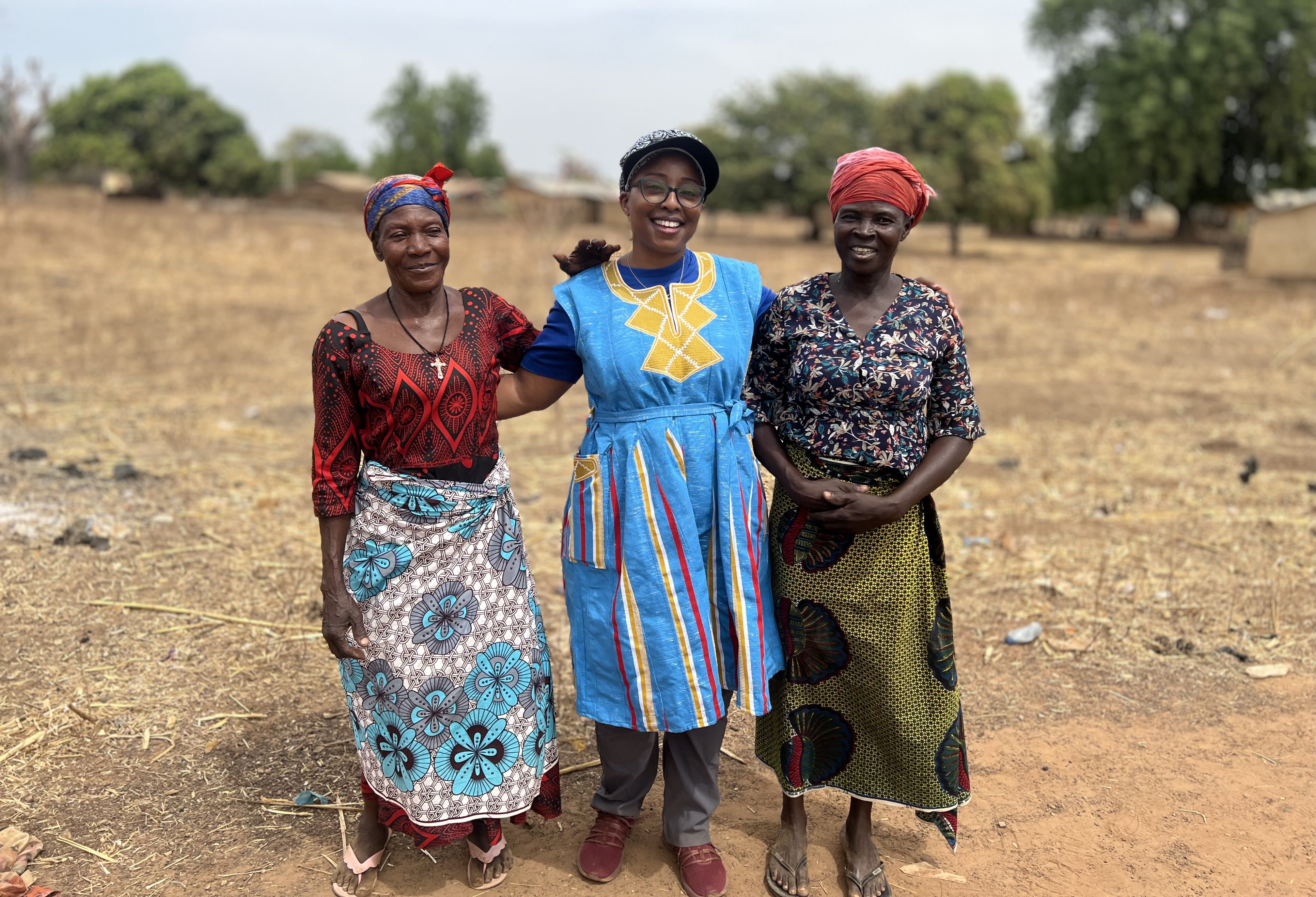
UNDP Resident Representative in Ghana, Angela Lusigi (center), with Dakota (left) and Efua (right), who were trained as solar engineers with support from SGP to bring solar power to their communities around the Zukpuri CREMA. Photo: Praise Nutakor/SGP Ghana
UNDP Resident Representative in Ghana, Angela Lusigi (center), with Dakota (left) and Efua (right), who were trained as solar engineers with support from SGP to bring solar power to their communities around the Zukpuri CREMA. Photo: Praise Nutakor/SGP Ghana
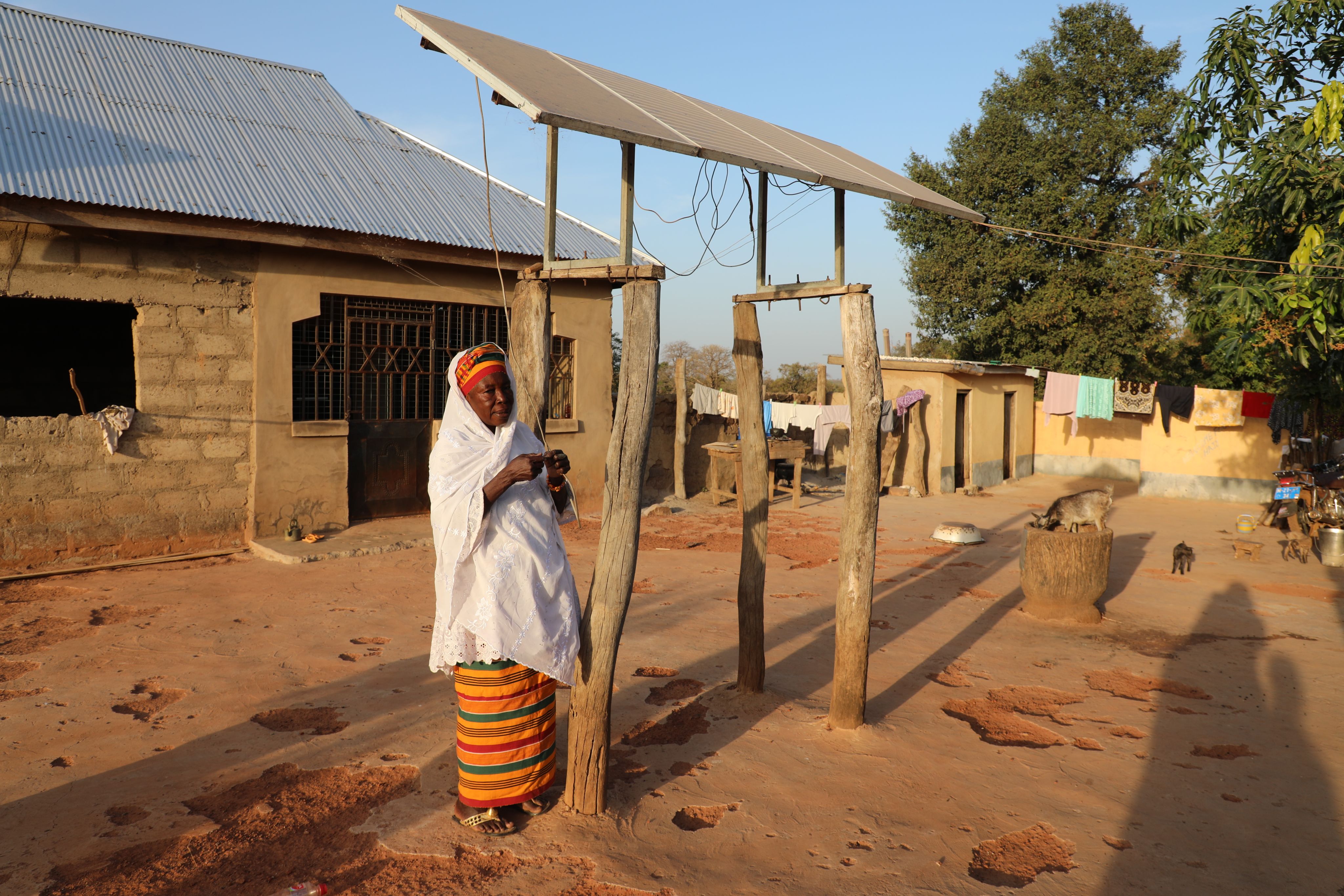
Salamatu, another resident of local communities around the Zukpuri crema who was trained as a solar engineer with support from SGP. Photo: Praise Nutakor/SGP Ghana
Salamatu, another resident of local communities around the Zukpuri crema who was trained as a solar engineer with support from SGP. Photo: Praise Nutakor/SGP Ghana
Local action = Global impact
SGP has been providing financial and technical support to projects that conserve and restore the environment while enhancing people's well-being and livelihoods around the world for over three decades. Since 1993, it has supported 294 projects in Ghana in the areas of biodiversity, land degradation, climate change, chemicals and waste, and international waters.
For more details on SGP’s work in the country, visit SGP’s Ghana country page.
For information on SGP’s global portfolio, visit the global SGP website.


Story by Ana Canestrelli, Andrea Egan, George Ortsin and Praise Nutakor.
Location: Wa, Ghana
